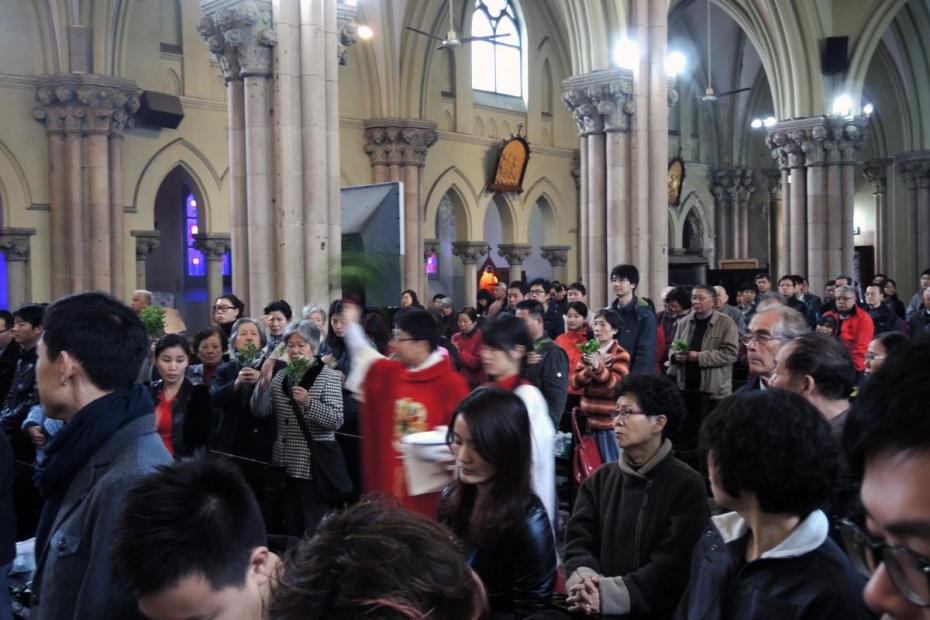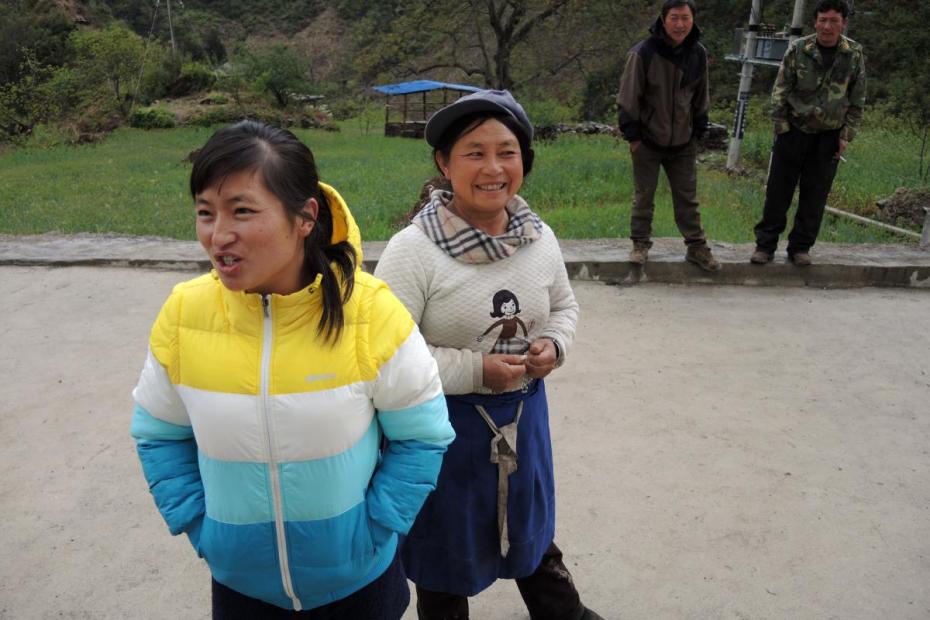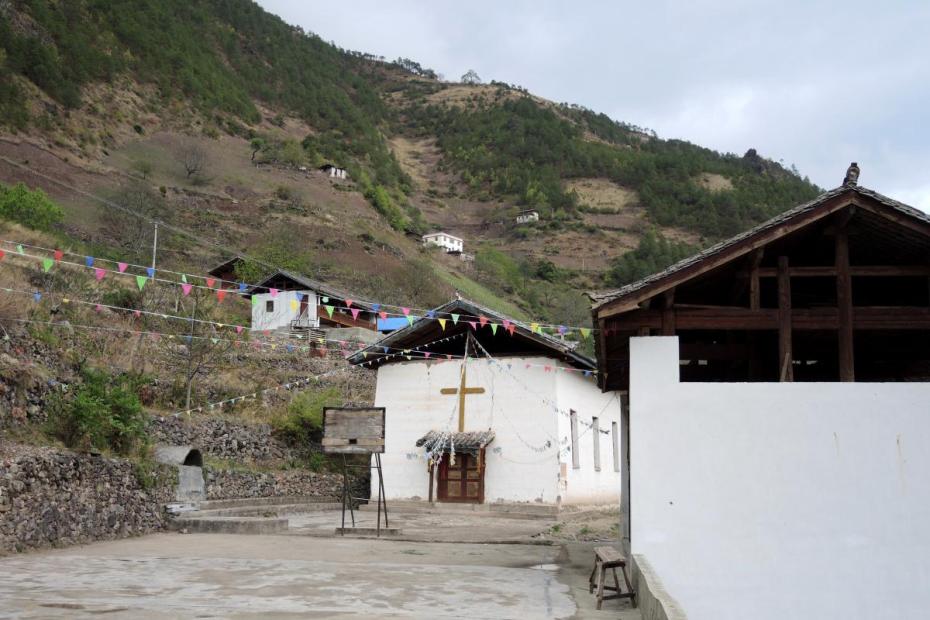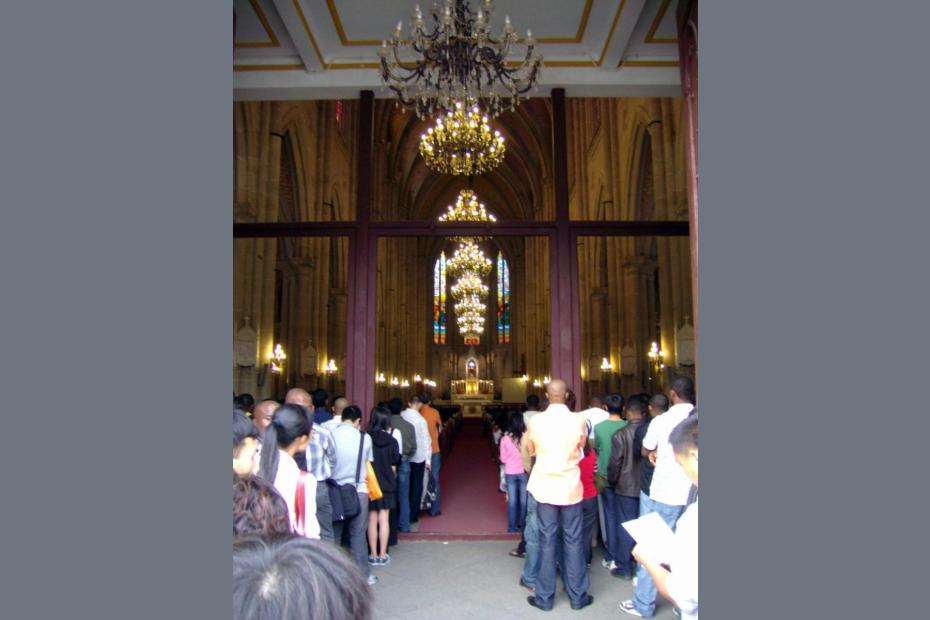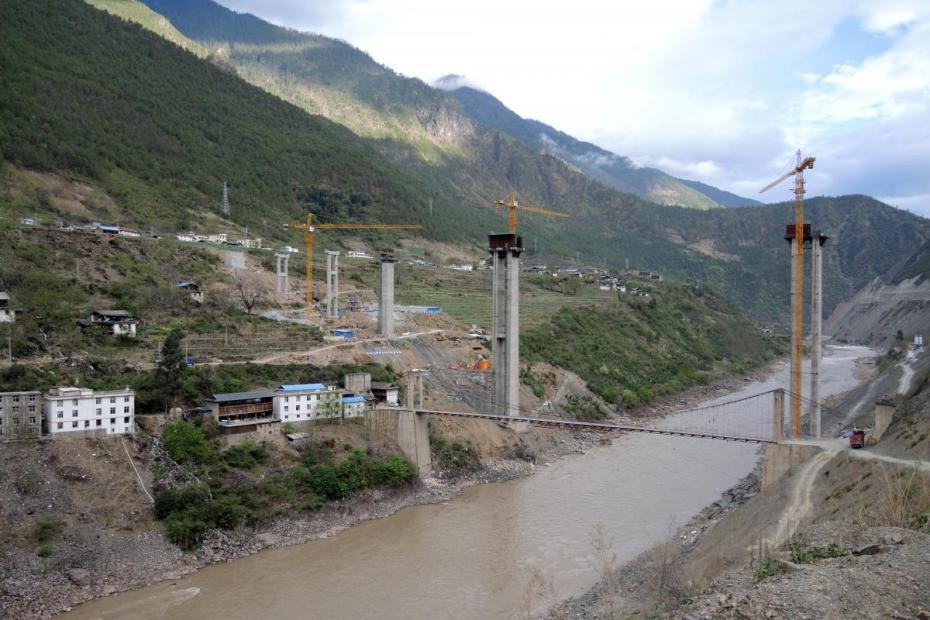Chinese people have migrated to almost every part of the world over the course of the last 150 years, establishing local communities and shaping new lives. Some of those migrants were from mainland Chinese Catholic communities, and even more (or their children and grandchildren) became Catholic in their new countries. Expatriate Chinese Catholics are said to have been generous funders of church building projects in China, and often seek to influence global perceptions about the Chinese Church, particularly the condition of the unregistered or "underground" Church.
One of the most significant stories to be told about Chinese Catholicism today, however, is about internal migration, which poses huge social, cultural and even linguistic challenges for Catholic villagers and their church communities. China is in the midst of the largest internal migration in history, as rural villagers flood into large urban areas in search of jobs available in construction and export manufacturing. By one count, in 1985 "only 15 percent of the total Chinese population lived in urban areas; by 2020 about 65% of the population enjoys an urbanized lifestyle."1 This change has already impacted more than 500 million people. A good deal of this mobility is driven by people who seek out better-paying jobs in factories or building major infrastructure projects. Many of these migrants have no intention to move back to their villages (though they do retain family ties there, and visit annually) but still lack the legal right to establish formal, long-term residency in the cities they have moved to, or even to educate their children in the better urban schools. China has an internal "Houkou" system that determines the right to urban residency, so rural migrants mostly live in corporate dormitories or in tenuous situations. Their children may be left home with the elderly in a village with one remaining parent or grandparents, or the worker needs to find another way to educate the children in the city, without access to the best schools.2
Though there are huge, historic Catholic churches in many major Chinese cities, Catholics have disproportionately, like the population as a whole, been rural village residents.3 In the mid-1990s, Richard Madsen estimated that about 80% of Chinese Catholics lived in rural communities.4 One researcher wrote about one of those provinces, Hebei: “Hebei is also the seat of the underground Church, where most arrests of bishops and the faithful take place. The province boasts a number of ‘Catholic villages,’ where most or all of the inhabitants are poor Catholic farmers. Attending an early morning Mass in one of these villages can be a very moving experience.”5 China's villages have for millennia been places where identity was tied to one's ancestors and role within the family.6 Factories have their own rhythms that are very different from village life, with extremely long hours and little flexibility in terms of time off for religious services. Cities, Bai Jianqing also points out, are increasingly places where economic success and consumption become driving forces in workers' lives.7
As young people move to cities in search of jobs, leaving behind the elderly and sometimes wives and children, both those who leave and those who are left behind are affected. As young people leave these tight-knit, majority-Catholic village contexts, it remains to be seen how their religious practice will be affected. Madsen argued that Catholic villages were unusually tight in terms of social solidarity, and that in such a context, belonging to the faith was “less a chosen faith than an ascribed status.”8 In the cities, the ascribed status may not hold so firmly. Chan Kim-Kwong suggests that villagers may be less vulnerable to anti-religious government coercion. Whereas the villagers farm on their own and have large Catholic clan networks to back them up, urban workers can easily be deprived of work opportunities in education, banking, healthcare and state-owned industries if they are known to be Christian.9 As cities expand, the number of churches has in any case not expanded to keep pace outside of the historic city centers.
Some villages are struggling and said to be hollowed out, but in many places the government is providing new roads and links to the rest of the country, and smartphone access to the larger world. During a visit to the very remote Catholic village of Cizhong, Beijing and Shanghai Chinese visitors expressed surprise to see the level of development that had come to the villages in the last decade. Men could be seen playing video games on inexpensive smartphones, many families had access to cars, and flat-screen televisions were ubiquitous. But the village was also home to more women than men, and most worshippers at Mass were adult women. This may in part reflect a gender difference in religiosity, but the men were also reported to be away working elsewhere, and some of the men who were at Mass were workers from other villages who had been hired to work on highway projects near this village.
In some of the largest Chinese cities, the presence of large numbers of foreigners impacts the life of churches as well, as churches try to minister to both Chinese and international communities. In Guangzhou, for example, 2,000 Africans form the largest group of attendees at the cathedral’s Sunday English-speaking Mass.10
- 1Chan Kim-Kwong, "Urbanization and Pastoral Responses," Tripod 41, no. 197 (Autumn 2020): 15.
- 2Bai Jianqing, "New Opportunities for the Church" Tripod 41, no. 197 (Autumn 2020): 97.
- 3Most of these churches were built in their present scale and form in the first third of the 20th century, many following the destruction of prior buildings during the Boxer rebellion (1899-1901) against Western influences in China, including churches. For more on the history and present structures of these buildings in two cities, Beijing and Tianjin, see Alan Richard Sweeten, China’s Old Churches : The History, Architecture, and Legacy of Catholic Sacred Structures in Beijing, Tianjin, and Hebei Province, Studies in the History of Christianity in East Asia: Volume 2. Brill, 2020.
- 4Richard Madsen, China’s Catholics: Tragedy and Hope in an Emerging Civil Society (Berkeley: University of California, 1998), 50. According to Madsen, missionaries in China aimed to concentrate on and convert whole villages, rather than to scatter their efforts across communities.
- 5Betty Ann Maheu, "The Catholic Church in China," America (November 7, 2005): 8.
- 6Brent Fulton, China's Urban Christians: A Light that Cannot Be Hidden (Eugene, OR, Pickwick, 2015), 7. Though focused overwhelmingly on Protestants rather than Catholics, Fulton's first chapter identifies some social challenges common to Catholics and Protestants alike.
- 7Bai Jianqing, "New Opportunities for the Church," 91.
- 8Richard Madsen, China’s Catholics, 53.
- 9Chan Kim-Kwong, "Urbanization and Pastoral Responses," 21-22. In a recent study based on survey data from China, Rodney Stark and Xiuhua Wang suggest that presumed differences in religiosity between the cities and the countryside are not borne out in the surveys. Unfortunately, they provide no information on the statistical significance of their surveys, nor do they distinguish between the Protestants and Catholics in their data. Rodney Stark and Xiuhua Wang, A Star in the East: The Rise of Christianity in China (West Conshohocken, PA: Templeton, 2015), 91-111.
- 10Shanshan Lan, “The Catholic Church’s Role in the African Diaspora in Guangzhou, China,” in Catholicism in China, 1900-Present: The Development of the Chinese Church, ed. Cindy Yik-yi Chu (New York: Palgrave MacMillan, 2014), 219-236.
